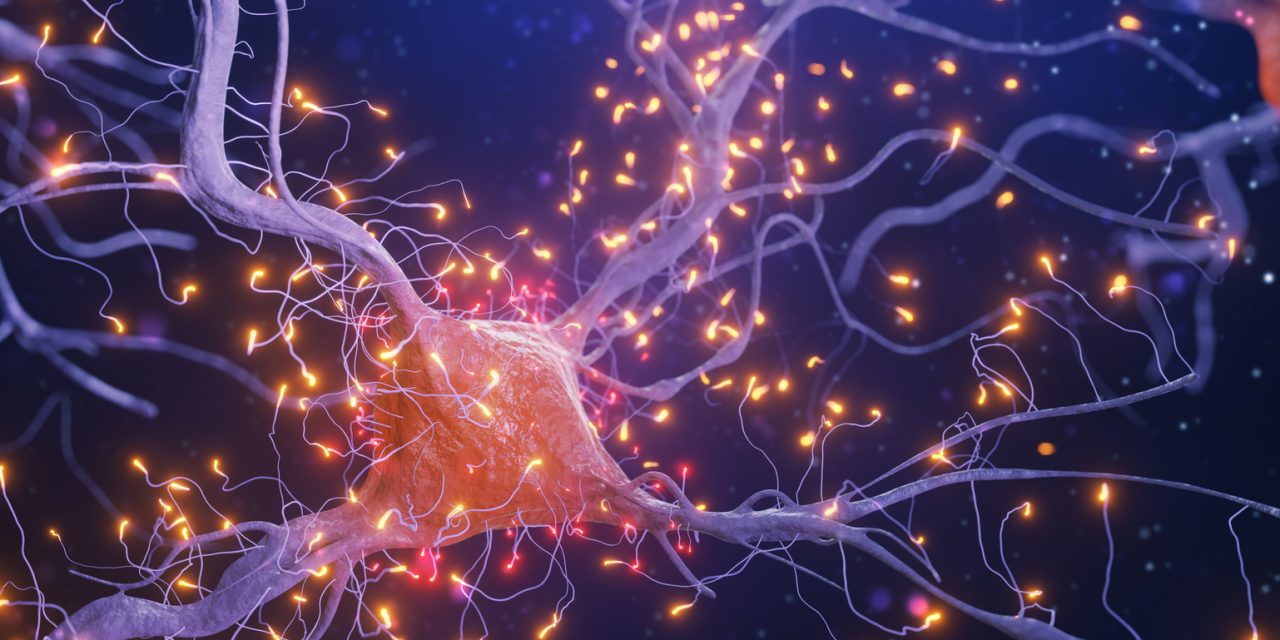The Huntingtin (HTT) gene contains a CAG repeat in exon 1, whose expansion beyond 39 repeats consistently leads to Huntington’s disease (HD), whereas normal-to-intermediate alleles seemingly modulate brain structure, function and behavior. The role of the CAG repeat in Autism Spectrum Disorder (ASD) was investigated applying both family-based and case-control association designs, with the SCA3 repeat as a negative control. Significant overtransmission of “long” CAG alleles (≥17 repeats) to autistic children and of “short” alleles (≤16 repeats) to their unaffected siblings (all p < 10 ) was observed in 612 ASD families (548 simplex and 64 multiplex). Surprisingly, both 193 population controls and 1,188 neurological non-HD controls have significantly lower frequencies of "short" CAG alleles compared to 185 unaffected siblings and higher rates of "long" alleles compared to 548 ASD patients from the same families (p < .05-.001). The SCA3 CAG repeat displays no association. "Short" HTT alleles seemingly exert a protective effect from clinically overt autism in families carrying a genetic predisposition for ASD, while "long" alleles may enhance autism risk. Differential penetrance of autism-inducing genetic/epigenetic variants may imply atypical developmental trajectories linked to HTT functions, including excitation/inhibition imbalance, cortical neurogenesis and apoptosis, neuronal migration, synapse formation, connectivity and homeostasis.© 2020 Wiley Periodicals LLC.
Huntingtin gene CAG repeat size affects autism risk: Family-based and case-control association study.


